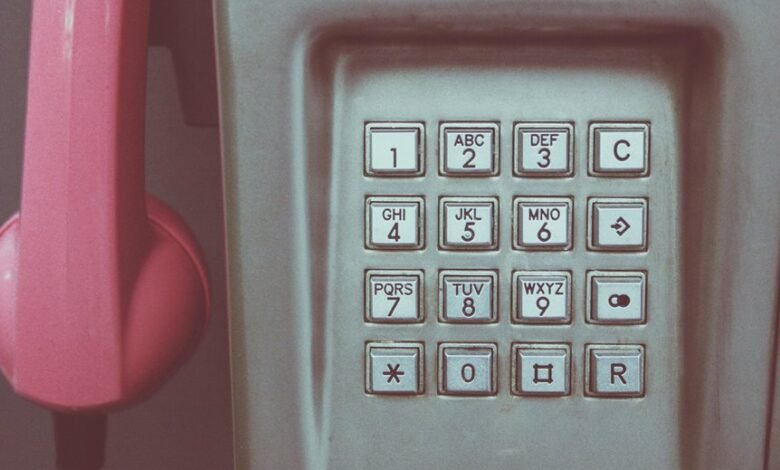Suspicious Call Alerts: 3887222985, 3444792035, 3512782770, 3509446431, 3511090708, 3505652784

Recent alerts have been issued regarding several phone numbers, specifically 3887222985, 3444792035, 3512782770, 3509446431, 3511090708, and 3505652784. These numbers exhibit patterns indicative of potential fraud. Analysis suggests a correlation with known scams and data theft attempts. Individuals who encounter these numbers should remain cautious. Understanding the implications of these alerts is crucial, especially as the threat landscape evolves. What measures can effectively mitigate risks associated with such calls?
Understanding Suspicious Call Patterns
While many phone calls are routine, certain patterns can indicate suspicious activity that warrants further investigation.
Analyzing call frequency alongside caller behavior reveals anomalies such as unusual spikes in communication or repetitive patterns with unknown numbers. These irregularities may suggest potential malicious intent, prompting the need for heightened scrutiny.
Identifying these indicators is crucial for maintaining personal privacy and security in an interconnected society.
Profiles of Flagged Numbers
Analyzing suspicious call patterns leads to the identification of specific flagged numbers that exhibit characteristics associated with fraudulent or malicious activity.
The number origins of these flagged calls often trace back to regions known for scam operations. Caller motivations typically include financial gain or data theft, further reinforcing the necessity for vigilance among recipients in order to safeguard personal information and maintain autonomy.
Tips for Handling Unknown Callers
How should individuals approach interactions with unknown callers?
They must prioritize identifying spam through careful observation of caller behavior and number patterns. Avoiding scams necessitates a cautious response; individuals should refrain from sharing personal information.
Utilizing call-blocking applications can enhance security. Ultimately, awareness and critical thinking are essential in discerning legitimate communications from potentially harmful unsolicited calls.
Reporting and Blocking Scams
Recognizing the importance of safeguarding personal information, individuals are encouraged to take proactive measures when dealing with suspected scam calls.
Reporting these incidents to relevant authorities enhances scam prevention efforts. Additionally, utilizing call verification tools can help discern legitimate communications from fraudulent ones.
Conclusion
In conclusion, the flagged numbers represent a concerning trend in telecommunication fraud, prompting individuals to remain vigilant against potential scams. As the landscape of fraudulent activity evolves, one must consider: how can we effectively protect our personal information in an age of increasing digital threats? By understanding suspicious call patterns, employing proactive measures, and reporting fraudulent activities, individuals can contribute to a safer community and mitigate the risk of falling victim to these malicious schemes.





